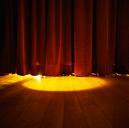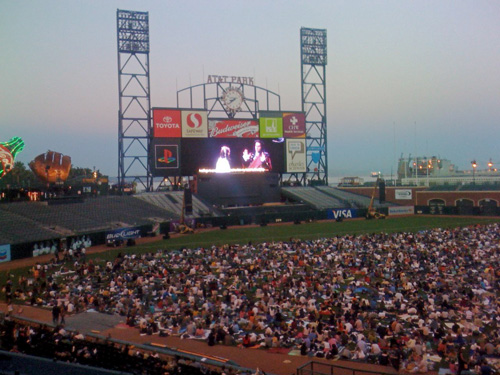
In remembrance of Larry Hamon’s passing, I thought I’d dig out my clown story. After all, we’re all bozos on this bus.
Back when I studied acting and directing at University, there was something we did called the clown nose exercise. Andrew Doe, the professor, introduced the exercise with great seriousness. Those of us in the Acting Studio didn’t know quite how to take this. Serious or kidding? The exercise is primarily used when rehearsing dramatic scenes. You play the scene straight, but you wear a clown nose.
Acting is, in some respects, a cry for attention. There’s the famous story about Olivier telling Dustin Hoffman the secret of great acting: “look at me, look at me, look at me, look at me, look at me…” That’s what the clown nose does, it focuses the “look at me.” It’s a direct raw exposure of the personal reason you’re standing on that stage. To play a scene straight, to really get the character, and let it shine through, your personal need for attention needs to be understood, controlled and you need to make peace with it. There’s no fooling yourself.
I decided to try an experiment, and I wore the clown nose for a full day, outside of the studio, in the real world. I tried to stay true to the spirit of the exercise and didn’t clown around. It was one of the most emotionally exhausting things I’ve ever done. It was like being on stage for hours and hours. The nose cried out for attention, even when I didn’t want it.

There are some who believe that we’ll be living our lives online– lifestreaming everything across multiple media types, including live video. I remember hearing Jason Calacanis talk about running a live web cam 24 hours a day in his office, and how eventually he had to turn it off. It made him feel anxious, self-conscious and short tempered. That’s the same effect evoked by the clown nose exercise, you’re always on stage.
The clown nose teaches you a respect for live performance as a deep and powerfully human art form. In this age of the Network, anyone can find or create a stage to stand on. As Clay Shirky notes, we publish everything and filter later. The cost of assembling a stage and an audience is as low as it’s ever been. The price of a true and good performance is exactly the same as it’s always been.
Comments closed